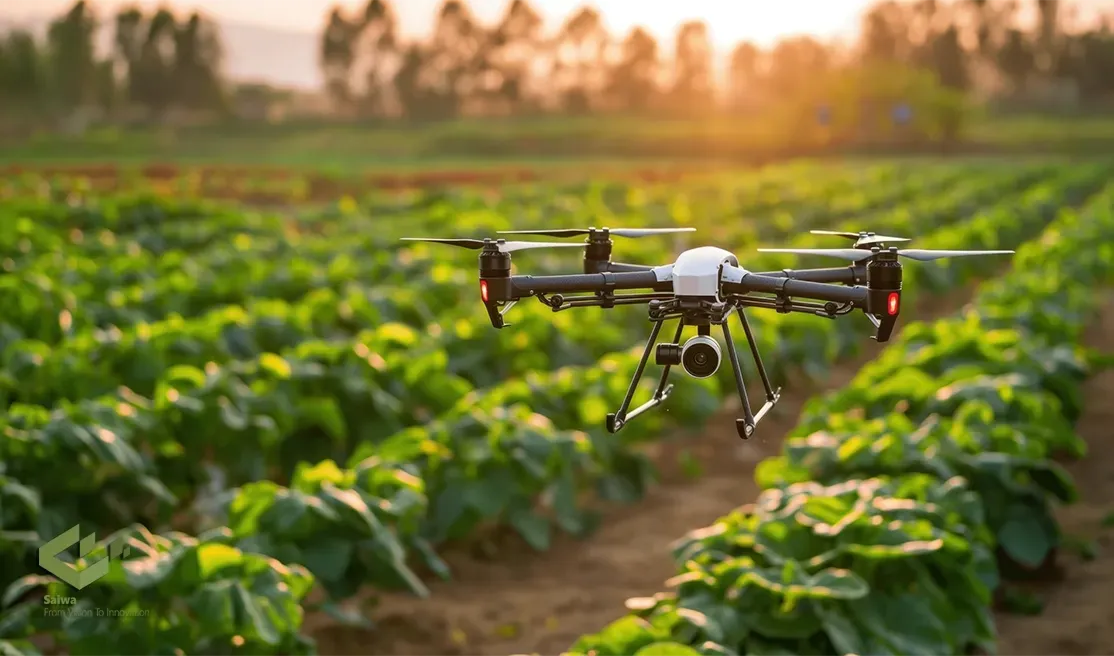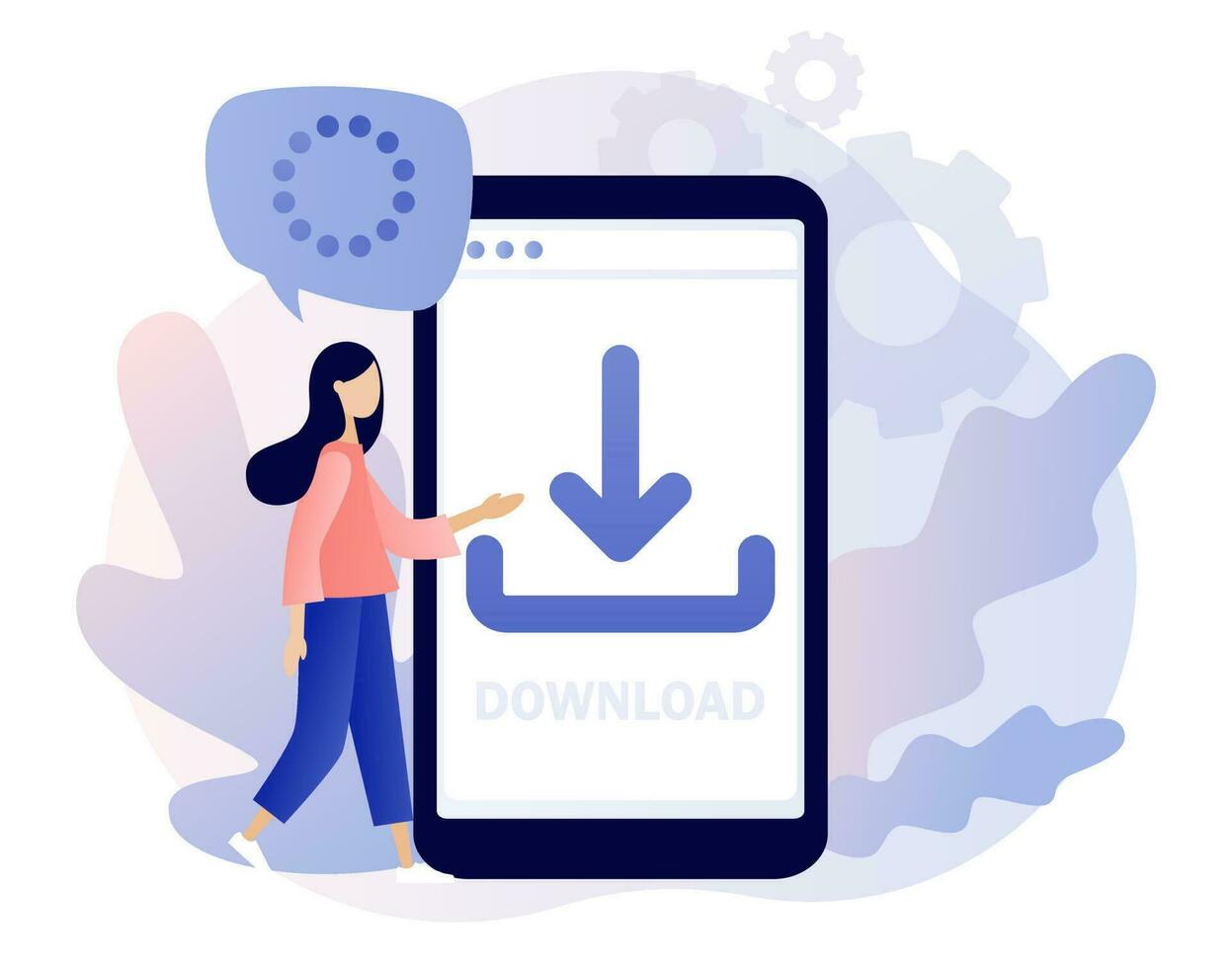 Olugbemi. Adeyinka Ogunleye
1 week ago
Olugbemi. Adeyinka Ogunleye
1 week ago
Overview
Agritech: Monitoring Crop Health With Drones
The integration of drone technology into agriculture is quickly reshaping how farms are managed and crops are monitored. While drones are being adopted across various sectors, their use in agriculture, especially for crop health monitoring, is expanding rapidly. This growth is not just driven by technological innovation but by the practical benefits drones bring to day-to-day farm operations. In fact, the agricultural drone market, which was valued at around $1.2 billion in 2019, is expected to reach $4.8 billion by 2024, according to several industry reports.
One of the most valuable applications of drones in agriculture lies in precision farming, using data and technology to make more accurate and efficient decisions in the field. As profit margins in agriculture remain tight, even small gains in yield or efficiency can make a significant financial difference. Drones enable precise monitoring and targeted interventions, making them a central tool for boosting farm productivity and sustainability. In Nigeria, where agriculture contributes significantly to the economy and employs a large portion of the population, improving productivity is essential.
Drones offer a practical tool to help overcome some of the persistent challenges Nigerian farmers face, including low yields, poor access to real-time data, and inefficiencies in resource use. Drones can be equipped with various sensors and cameras to gather detailed information on crop conditions. One of the most widely used technologies is the Normalized Difference Vegetation Index (NDVI). NDVI uses light reflection data to assess plant health based on color variations. Healthy vegetation reflects different wavelengths of light than stressed or unhealthy plants, allowing farmers to detect issues that might not yet be visible on the ground.
Many agricultural drones use multispectral or thermal imaging sensors to monitor crop status. These sensors can pick up differences in plant temperature, chlorophyll levels, and soil moisture content, helping to detect stress caused by pests, disease, lack of nutrients, or water shortages. Drones using standard RGB cameras are also widely used, and while less specialized, they still provide valuable visual data for assessing crop density, color, and growth patterns. Drones differ greatly from older monitoring methods such as satellite imagery in that they have the ability to capture high-resolution, real-time data with greater flexibility.
Satellite imagery is often hindered by cloud cover, low resolution, or time delays. Drones, on the other hand, can fly under cloud cover and collect data down to the centimeter or even millimeter level. This enables more precise decisions, such as identifying and replanting gaps in crop stands or applying treatments only where they are needed. One of the main advantages of drone-based crop health monitoring is the ability to detect and respond to problems earlier. Whether it is spotting a developing pest infestation, identifying an area affected by disease, or noticing signs of nutrient deficiency, drones allow farmers to act before significant damage occurs.
Traditional field scouting is time-consuming and labor-intensive, especially on large farms. With drone technology, what once took days of walking through fields can now be done in hours from the air, with more accurate and consistent results. The data collected can be integrated with software tools and machine learning models to guide irrigation schedules, spraying routines, and fertilization plans. This level of precision not only helps improve yields but can also reduce input costs and environmental impact. Today, farmers face increasing pressure from unpredictable weather, changing climate patterns, and limited natural resources. Abiotic stressors such as drought, nutrient-poor soils, and extreme temperatures are responsible for nearly half of global crop yield losses.
In Nigeria, where crops like maize, rice, and cassava are central to both subsistence and commercial farming, traditional monitoring methods often fall short, especially on larger farms. Drones offer a scalable and affordable alternative to manage these challenges. This is particularly important in rural areas where agricultural extension services are limited and farmers often lack access to timely and actionable data. There are however, still some barriers to widespread drone adoption in Nigeria. These include the initial cost of equipment, lack of training, limited infrastructure, and the need for clear regulatory guidelines. Additionally, integrating drone data into existing farm management practices can be a challenge for smallholder farmers.
Credit: Agric Nigeria



